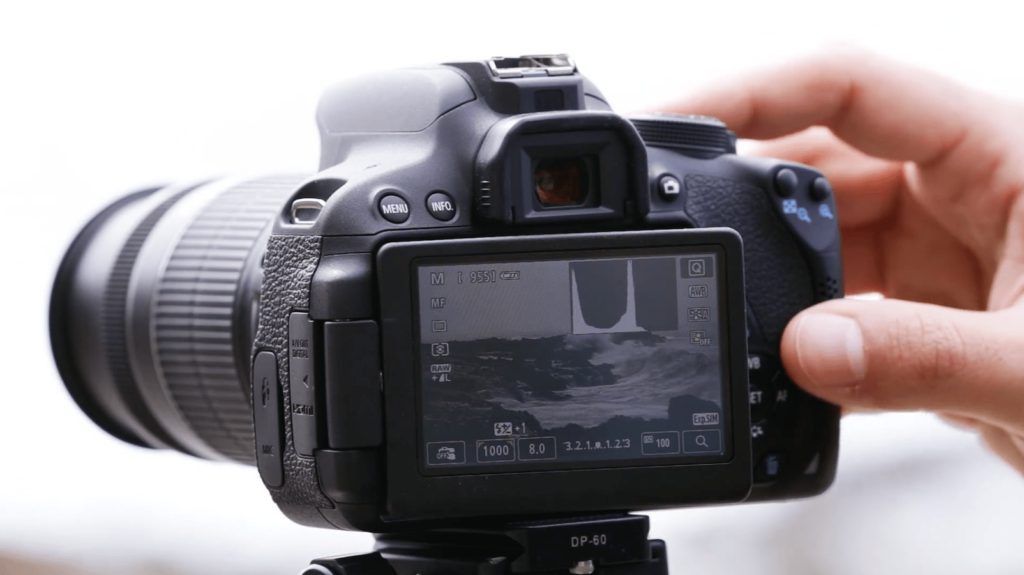
Want to know how cameras work but don’t want to learn about complex math and physics? This is your guide.
In this article, I will explain how most cameras work, and I will also explain the differences between different types of cameras (such as digital anti-digital film and DSLR versus mirrorless). With this information, you can make an informed choice before buying a new camera – and, you can better understand what is going on inside your equipment!
When you’re ready to get started, let’s dive in.
If you look at the big cameras used by the photo pioneers and check out the latest iPhone camera, you may think that there is nothing quite like it.
But in reality, the basic concept of how cameras work has not changed much. Simply put, the light from the story enters the camera through a hole; then displayed on the back of the camera, where it is recorded with sensitive sensors (either digital sensor or film).
This core process has not changed since the invention of photography, although the details have changed. Let’s start at the beginning, and then build modern camera equipment.
The first obscure camera was a dark room with a hole in one of the walls. Anything outside the room will be exposed by a hole in the opposite wall. Because the light travels in a straight line, the guesswork will be downward, as you can see in the diagram above.
Over time, the camera obscura became smaller – instead of complete rooms, made of boxes – and was used to assist artists in painting.

The camera obscura is simply a box with a hole that allows light to work in the opposite direction – but once you have added a light sensor, you have a pin camera.
It’s the simplest thing you can do with a shoebox (any box) painted black. Use a needle or PIN to drill a small hole, and then place a film with a negative film or sheet of paper on the back to register the image displayed inside.
All cameras, old and new, operate under the same principle: light penetrates through a hole and creates the image behind the camera. But the different models include different details, and I can’t go into all the improvements, so please be patient as I speak normally.

The lenses usually include many elements of glass that capture the light of a sharp, fixed image.
The quality of the glass, the arrangement, and the amount of glass inside the lens can affect the quality of the final image. By moving the lens glass, you can focus on the image. And with some lenses (zoom), you can also change the focus length.
Modern lenses have a hole, a hole that allows light. On most cameras, you can control the size of the hole, in the same way as the reader in our eyes expands or allows more or less light to enter.
Lenses that allow for wide open exposure are very expensive and are often referred to as fast lenses. Note that the hole is denoted by f numbers, such as: f / 1.8, f / 2.8, f / 6.3, f / 9, f / 16, etc., where the small f numbers correspond to the larger holes.
Most shutters include two curtains. When you press your camera lock button to take a picture, the first curtain slides to expose the sensor or film to light. When the set time has elapsed (closing speed), the second curtain closes the sensor or film, and the process of making the image stops.
When light reaches the back of the camera, film (analog cameras) or sensors (digital cameras) are recorded.
Photographers use many different types of cameras, but for short-term purposes, I will skip large and medium format cameras and focus only on the most common options.
DSLR stands for digital single-lens reflex, which is a digital partner of the popular SLR film camera. DSLRs use flexible lenses, and lenses from DSLRs generally work in SLR and vice versa.
The most distinctive feature of the DSLR is the reflex system that allows you to see exactly what you are shooting with a viewer. Outside the camera, you will see a bump, under which sits a series of mirrors. Inside, the light coming through the lens hits the rear view mirror. When you press the close button on the DSLR, the screen turns to let the light pass through the sensor. That’s why, at the time of the DSLR exposure, you can’t see anything with the viewfinder.

As the name suggests, mirrorless cameras have no mirror in front of the sensor.
These are relatively new, and before a few years ago, they were considered novice because the quality was not the same as that of the DSLR.
Mirrorless cameras have full-featured sensors like DSLRs, so the biggest difference – the screenless cameras are usually much smaller than the DSLRs – with the viewer. You see, because non-mirror cameras do not include a mirror used by DSLR technology, there is no “true” viewing image; instead, high-resolution cameras provide a camera sensor feed (so you can preview the image), while some entry-level cameras have no viewer at all. (In the latest case, you can preview the image on the LCD screen in the background.)

For more guidance on cameras, camera accessories or camera prices in Pakistan, please contact Golden camera.
Monday – Saturday:
11:30 AM – 9pm
Copyright © 2025. All Rights Reserved.
Website Powered By DABBS Solutions Pvt. Ltd.
Social Chat is free, download and try it now here!